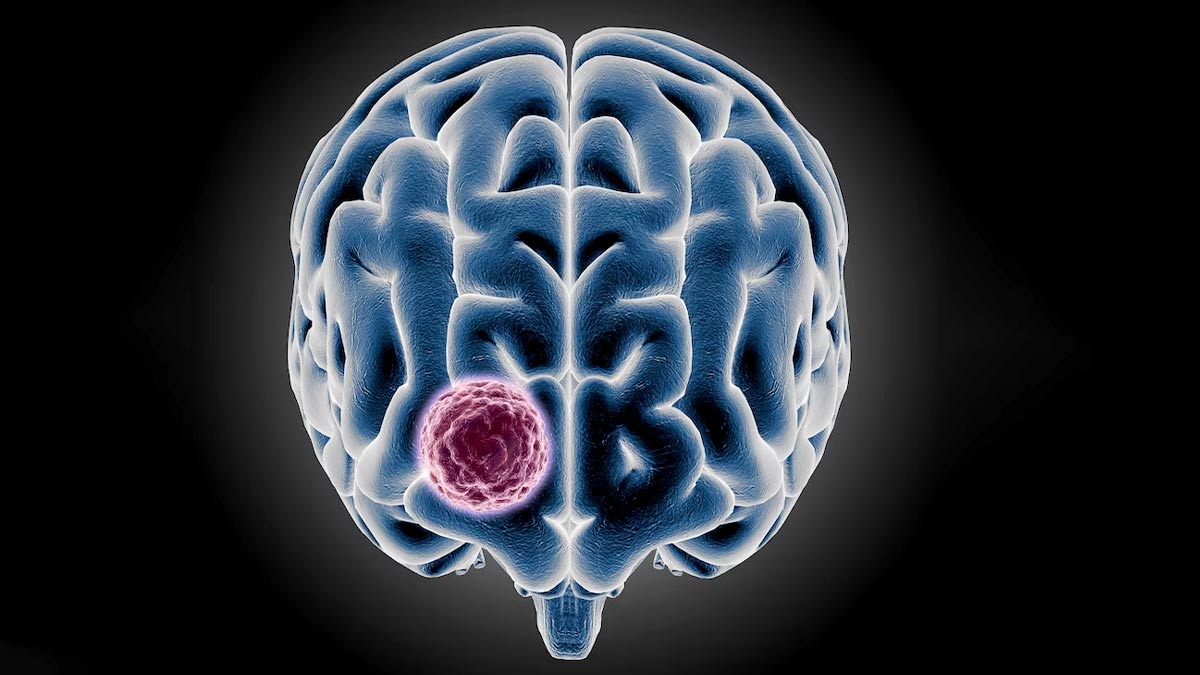
The terrain of health in India is forever changing, and of increasing worry is the rising number of cases of brain tumours. Previously relatively unheard of, these growths in the brain are now being diagnosed at higher levels, and this makes the need for elevated awareness, early detection, and focused interventions all the more urgent. Although the reasons for this rise are still under research, knowing the nature of individuals most at risk is important in enabling people to take proactive action towards their brain well-being.
Table of Content:-
As per the reports, India witnesses tens of thousands of new brain tumour diagnoses every year, with estimates varying between 28,000 to 50,000. Alarmingly, a large percentage of these cases, as much as 20%, are being diagnosed in children. Although better diagnostic technology, especially sophisticated neuroimaging such as MRI and CT scans, certainly drives increased detection rates, doctors are raising an alarm about an actual increase in cases, particularly among young adults in their 20s, 30s, and 40s. The mortality rate for cancerous brain tumours in India is still low, but typically between 12 to 18 months after diagnosis, which indicates the need for early treatment.
Who is Most Vulnerable and What Are the Risk Factors
We spoke to our expert, Dr Showkat Nazir Wani, Consultant, Department of Neurology, ShardaCare, Healthcity, Noida and he explained to us that although an exact cause of most brain tumours has not yet been pinpointed, various risk factors have been established, leading towards specific groups being more vulnerable. These may include:

Also Read: A Neurologist Shares 5 Things Stroke Patients Should Never Do
1. Age
Though brain tumours are possible at any age, there is a bimodal peak in incidence. They are especially more frequent in young children (less than 15 years) and the elderly (above 50-60 years). Certain tumours such as glioblastomas and meningiomas are more prevalent in individuals above 50 years of age. Increasing incidence in younger adults is a major concern.
2. Gender
The susceptibility is determined according to the nature of the tumour. Malignant tumours in the brain are in general slightly more common among males. Some types, however, such as meningiomas, which are controlled by estrogen receptors, are more common in women. Medulloblastomas, which are a frequent malignant brain tumour of children, also occur more often among boys.
3. Genetic Predisposition
A minority but important number of brain tumours are associated with inherited genetic syndromes. If there is a family history of brain tumour or certain conditions such as Neurofibromatosis Type 1 and 2, Li-Fraumeni syndrome, Turcot syndrome, Tuberous Sclerosis, Von Hippel-Lindau syndrome, and Gorlin syndrome, there is an increased risk. These genetic syndromes tend to result in benign or low-grade tumours, but the development of numerous lesions over years is a feature.

Also Read: Cool Fats For Hot Days: Why Good Fats Are Essential In Summers
4. Ionising Radiation Exposure
This is the most well-established environmental risk factor. High exposure to ionising radiation, including from radiation treatment for earlier cancers (particularly cranial radiation in childhood), increases considerably the risk of brain tumour development later in life. Although the risk from ordinary medical scans (CT scans, X-rays) is very small, doctors make every effort to reduce exposure.
5. Obesity
There is evidence connecting obesity with a marginally higher risk of some brain tumours, most notably meningiomas.
6. Weak Immune System
People with weakened immune systems, either because of conditions such as HIV/AIDS or immunosuppressive drugs, are more vulnerable to some kinds of brain tumours, like lymphomas.
7. Dietary Factors (N-nitroso compounds)
Not a direct cause, but some evidence suggested that processed meats lead to elevated risk of brain tumour. A diet high in antioxidants from fruit and vegetables may provide some protection.
The Silent Threat: Why Early Detection is Key
One of the biggest obstacles in India is the late diagnosis of brain tumours. Signs such as recurring headaches, dizziness, mood changes, forgetfulness, or vision changes are brushed off as stress or ordinary illnesses. By the time such patients approach specialist medical care, the tumour will have advanced considerably, complicated treatment, and affected outcomes.
Bottomline
The increase in brain tumours in India is a public health concern that needs urgent attention. By knowing who is most vulnerable, identifying the early signs, and calling for increased access to healthcare and research, we can all work towards improved results and a healthier future for everyone.
Also watch this video
How we keep this article up to date:
We work with experts and keep a close eye on the latest in health and wellness. Whenever there is a new research or helpful information, we update our articles with accurate and useful advice.
Current Version